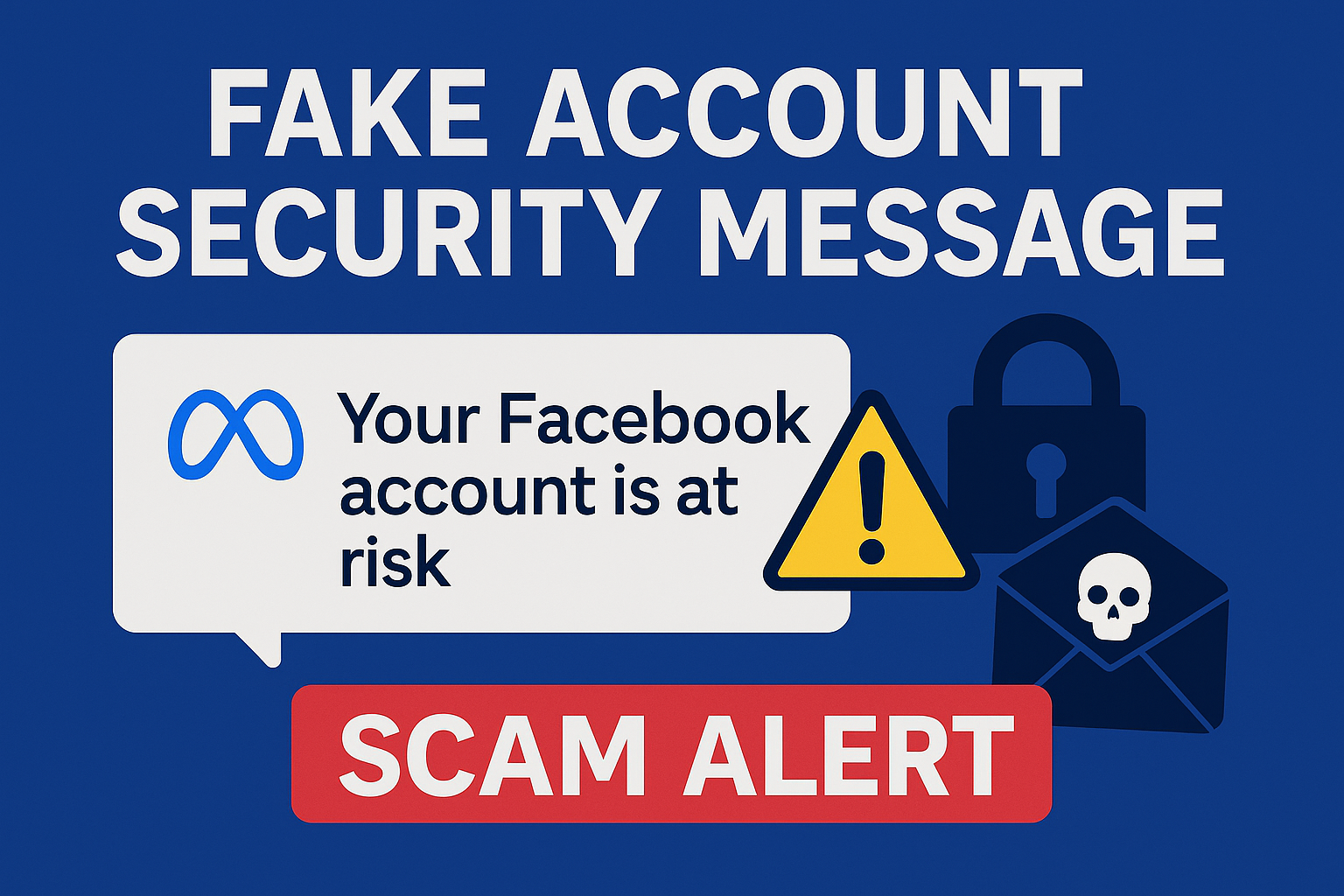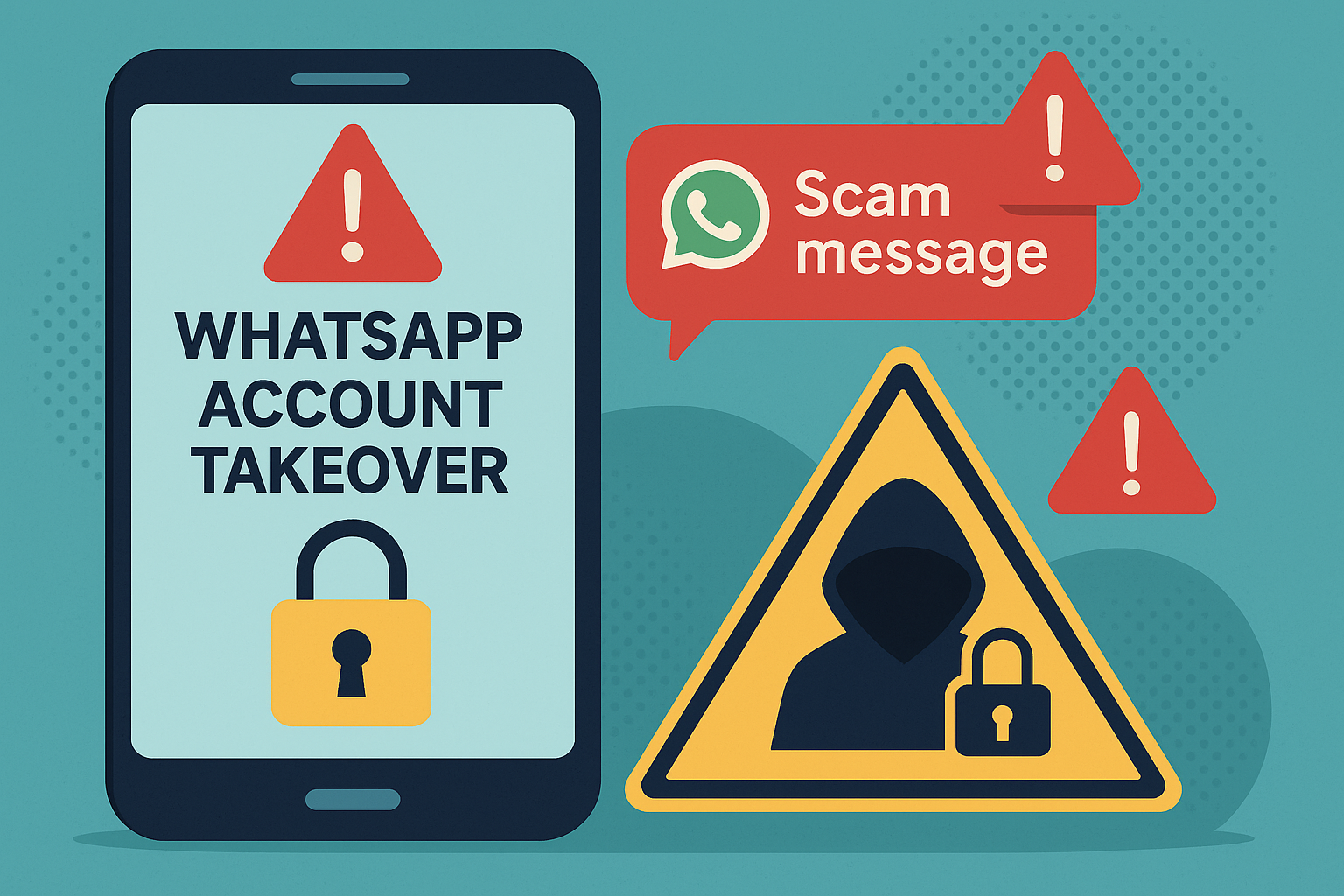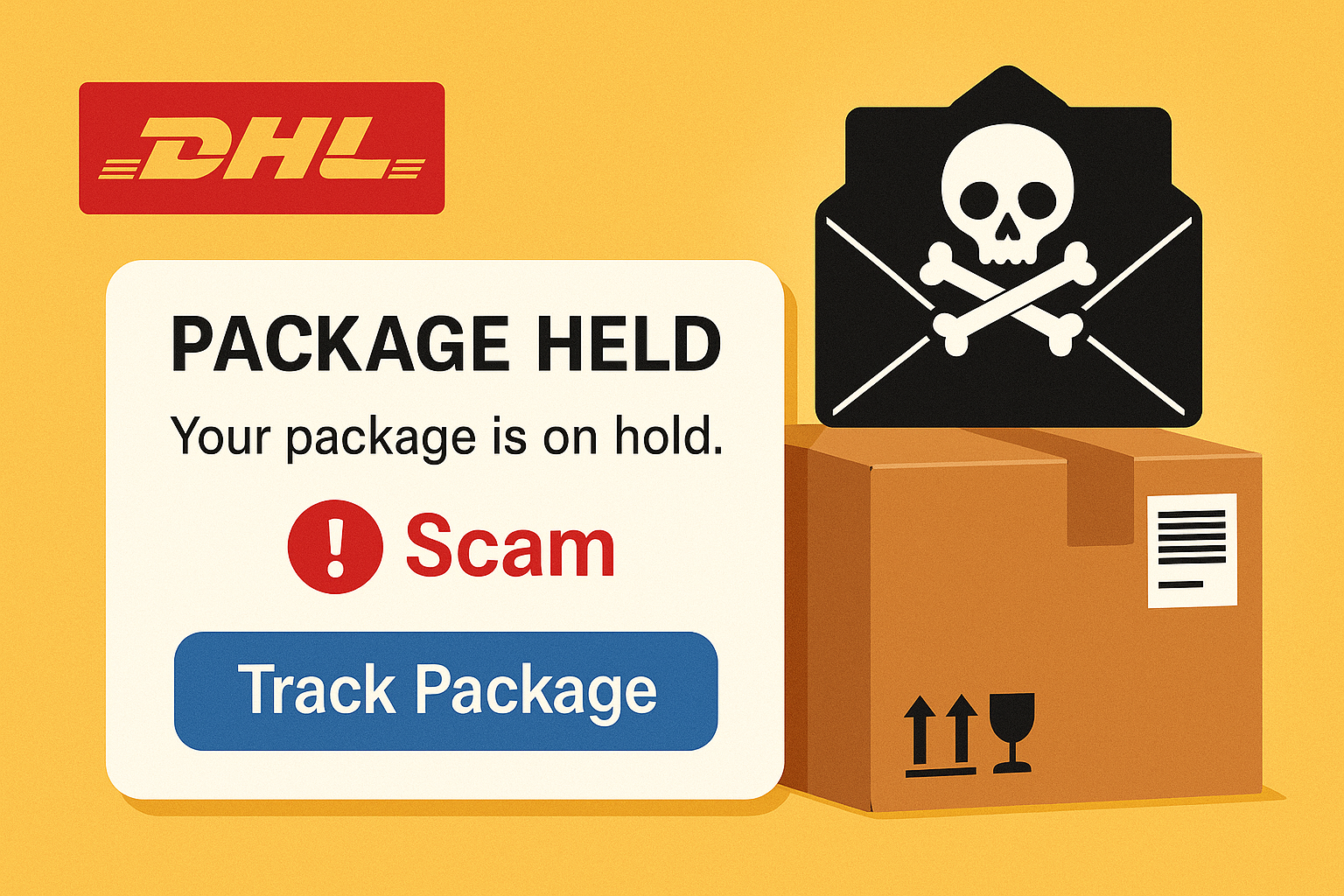What This Scam Looks Like
The Fake Facebook or Meta Account Security Message scam has quietly become one of the most common social-media impersonation attacks worldwide. Victims typically receive an alarming message claiming their Facebook account is at risk — often framed as a copyright violation, community standards strike, login attempt, or security breach. The goal is always the same: to push the victim into clicking a link before they stop to think.
Scammers know that Facebook accounts hold huge emotional and practical value. People use Facebook to store photos, run business pages, manage ad accounts, log in to other apps, and communicate with family. Losing access feels catastrophic, and fraudsters exploit that fear in their opening line.
Many messages begin with phrases like: “Your page will be disabled,” “Your account is under review,” or “You violated community guidelines.” The urgency and official-sounding language make victims far more likely to react without verifying the source. The messages often contain Meta’s logo, stylized formatting, and even fake “support ticket numbers” to complete the illusion of legitimacy.
How Scammers Make the Message Look Real
Scammers spend time studying how real Facebook notifications look, sound, and flow. They mimic the typography, spacing, icons, and colors used in Meta’s official alerts. Many scam posts intentionally copy the layout of Facebook’s Page Support inbox, using phrases like “Appeal immediately” or “Verify ownership.”
The messages can appear in multiple formats:
- Private messages sent to individuals
- Inbox messages sent to Facebook Page admins
- Fake emails disguised as official Facebook notices
- Comment spam tagging page owners
- Fake “Support” profiles created to impersonate Facebook staff
Some scammers create entire Facebook profiles pretending to be Meta administrators. These profiles often use stolen images of real employees or stock photos of call-center staff. Their “About” sections contain fabricated roles like “Meta Security Advisor” or “Community Standards Officer.”
The objective is always the same: push the victim toward a phishing link.
How the Scam Unfolds After You Click
Once the victim taps the link, the scam transitions into a more technical phase. The link almost always leads to a cloned Facebook login page. The page is designed to look identical to the real thing, complete with the familiar blue header, Meta logo, and password fields.
The moment the victim enters their email and password, scammers capture the credentials instantly. Many phishing sites immediately redirect the user to the actual Facebook homepage so the transition feels seamless — giving victims no immediate sign that anything was wrong.
With stolen login data, scammers can:
- Change the account password
- Remove recovery emails and phone numbers
- Enable two-factor authentication on their device
- Download private messages
- Lock the original user out permanently
- Launch scams through the victim’s account to target friends and family
For business owners, the damage can be even more severe. Scammers may gain access to Facebook Pages, ad accounts, payment methods, or admin privileges. This can lead to unauthorized ads, stolen data, or complete takeover of business properties.
Why This Scam Works So Effectively
This scam succeeds because it weaponizes fear. Nothing grabs attention faster than the threat of losing access to an important account. Scammers rely on the victim’s immediate emotional reaction — panic — knowing that people are far less likely to evaluate the message carefully during moments of stress.
The scam also works because Facebook genuinely does send account-related notifications. Real warnings and suspicious login alerts occasionally look similar to fraudulent ones. This overlap makes it difficult for less experienced users to distinguish the real from the fake.
The enormous scale of Facebook also plays in the scammers’ favor. With billions of users and millions of business pages, scammers can blast out messages indiscriminately and still reach thousands of vulnerable targets every day.
Warning Signs to Watch For
Although the scam is sophisticated, there are several clear signs that a “Facebook security alert” is fake. The sender is often the biggest giveaway. Real messages from Meta never come from personal profiles, newly created accounts, or pages pretending to be “Facebook Support.” They only come from official channels.
Suspicious URLs are another red flag. Scam links frequently use odd domain names, additional characters, or unusual extensions. No official Facebook link will ever use domains like:
- metasupport-help.com
- facebookpage-verify.net
- meta-securityreview.info
Poor grammar, strange capitalization, and inconsistent formatting are also common in fraudulent messages. Scammers often use generic greetings instead of your real name, which Meta always includes in genuine communications.
Finally, Meta will never threaten immediate page deletion, ask for login details, or direct users to fix issues through external links.
How to Protect Yourself
The safest way to handle any Facebook security message is to avoid clicking the link altogether. Instead, open Facebook or the Meta Business Suite app directly and check for alerts within your account settings. If there is a real issue, it will appear in your Support Inbox or Account Center.
Enabling two-factor authentication is one of the strongest defenses against account takeover. Even if scammers acquire your password, they cannot access your account without the authentication code.
Regularly reviewing your login activity can also help you detect suspicious sessions. Facebook provides a list of active devices, locations, and login attempts.
Whenever you receive a suspicious message, report the sender and delete the notification. Never engage, and never provide personal information through messages.
What To Do If You Fell for the Scam
If you entered your login information on a fake page, act quickly. Begin by changing your Facebook password immediately through the official website or app. Next, check whether the attacker added new email addresses, phone numbers, or additional security methods. Remove anything you do not recognize.
If you cannot log in, attempt the account recovery process, which may require identifying photos, answering security questions, or providing identification.
If scammers gained access to a business page or ad account, remove unauthorized admins immediately. Contact your bank if any advertising charges appear without your approval.
Victims should also run malware scans on their devices, as some phishing links install malicious extensions or apps.
Finally, reporting the scam to Facebook helps the platform track and remove malicious accounts and pages that are part of the attack.




